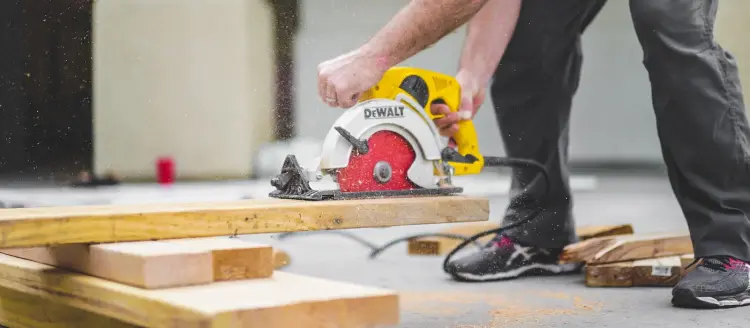CSafety Best Practices
Stefano Braganti
Pinch Points in Construction: A Comprehensive Safety Guide
Pinch point hazards on site: identify risks, prevent hand injuries, and apply best practices to keep every worker safe.

Pinch points are areas where workers' hands or fingers can be caught between moving parts or between a moving part and a stationary object. These hazards are common in construction and can lead to serious hand injuries. Understanding pinch points and implementing safety measures is crucial for preventing these injuries.
Pinch point hazards can be found in various construction activities and equipment, including:
Heavy Machinery: Equipment such as excavators, bulldozers, and cranes have moving parts that can create pinch points.
Power Tools: Tools like drills, saws, and grinders can have pinch points where moving parts come into contact with stationary components.
Construction Materials: Handling materials like steel beams, pipes, or lumber can create pinch points if not managed properly.
To prevent hand injuries from pinch points, consider the following safety measures:
Use Guarding: Install guards or barriers around moving parts to prevent workers from coming into contact with pinch points.
Implement Lockout/Tagout Procedures: Ensure that equipment is properly locked out and tagged out during maintenance or repair to prevent accidental activation.
Provide Personal Protective Equipment (PPE): Equip workers with appropriate gloves and other PPE to protect against pinch point injuries.
Conduct Regular Training: Train workers on the hazards of pinch points and the importance of following safety procedures.
Maintain Equipment: Regularly inspect and maintain equipment to ensure that guards and safety features are in good working condition.
Adopting best practices can further enhance pinch point safety on construction sites:
Identify and Assess Hazards: Regularly inspect the work site to identify potential pinch point hazards and assess the risks they pose.
Develop Safety Procedures: Create and enforce safety procedures for working around pinch points, including proper handling of materials and equipment.
Encourage Reporting: Foster a culture where workers feel comfortable reporting hazards and near-miss incidents related to pinch points.
Review and Update Safety Plans: Continuously review and update safety plans to incorporate new information and lessons learned from incidents.
Preventing hand injuries from pinch points requires a proactive approach to safety. By understanding common hazards, implementing safety measures, and following best practices, construction companies can create a safer work environment and reduce the risk of pinch point injuries. Prioritizing safety not only protects workers but also enhances productivity and morale on the job site.
together
SafetyClerk is the construction management platform that makes safety compliance, and risk management of your job site simple and visible in one click.
Stay on
the loop!
ConstructionClerk - 2025 - All rights reserved
ConstructionClerk - 2025 - All rights reserved